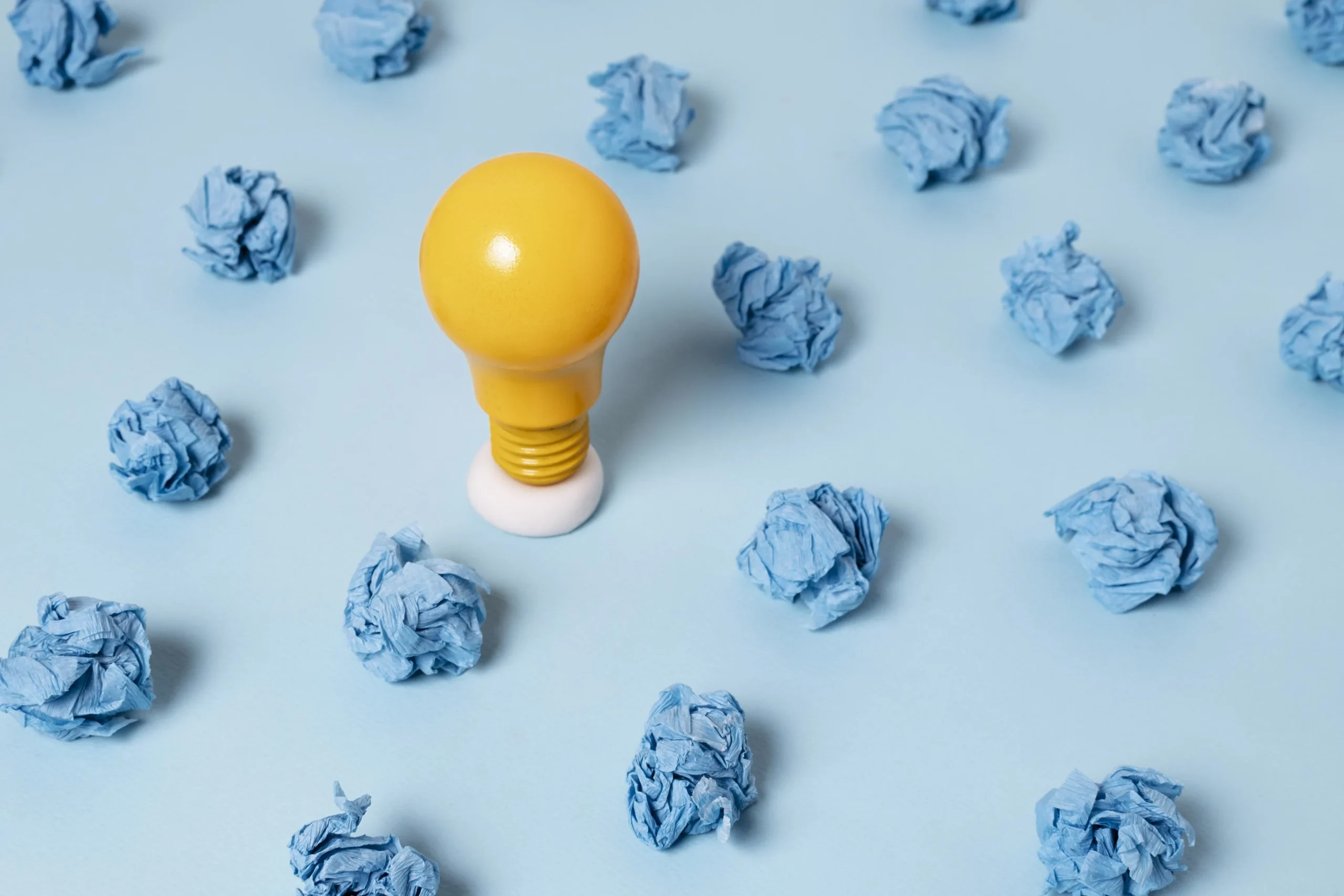Why Creative Design Strategy Drives Campaign Success
In high-performing marketing teams, creative design strategy isn’t just decoration—it’s a driver of results. When visuals and concepts are strategically aligned with audience expectations, business goals, and platform behavior, design becomes a powerful tool to move people to action. <hr />
Elements of an Effective Creative Design Strategy
A strong creative design strategy connects three key pillars: brand identity, campaign objectives, and user behavior.
Here’s how:
- Goal Alignment: Every design asset should serve a measurable purpose—clicks, conversions, or awareness.
- Platform-Specific Design: What works on Instagram Stories won’t work on a Google Display banner. Creative must adapt by format.
- Emotional Resonance: Colors, typography, and layout should reinforce the emotional response your campaign aims to trigger.
Design without strategic thinking leads to beautiful assets that don’t convert. Strategy turns creativity into performance. <hr />
Creative Consistency vs. Adaptability
A smart creative design strategy balances consistency with flexibility. For example, your brand visuals must remain recognizable across platforms, but creatives should be tailored to context and audience segment.
- Consistent elements: logos, fonts, tone
- Adaptable elements: layout, message framing, visuals per channel
This ensures you maintain brand strength while improving performance in varied formats. <hr />
Testing and Optimizing Creative Assets
Creative testing is often underused. A/B testing design elements—like color schemes, image types, or CTA placement—can unlock significant ROI increases.
Key metrics to watch:
- CTR (Click-Through Rate): Is the design catching attention?
- Engagement Time: Are users staying on the page?
- Conversion Rate: Is your creative guiding them to act?
With data in hand, you can evolve your creative design strategy with every campaign iteration. <hr />



